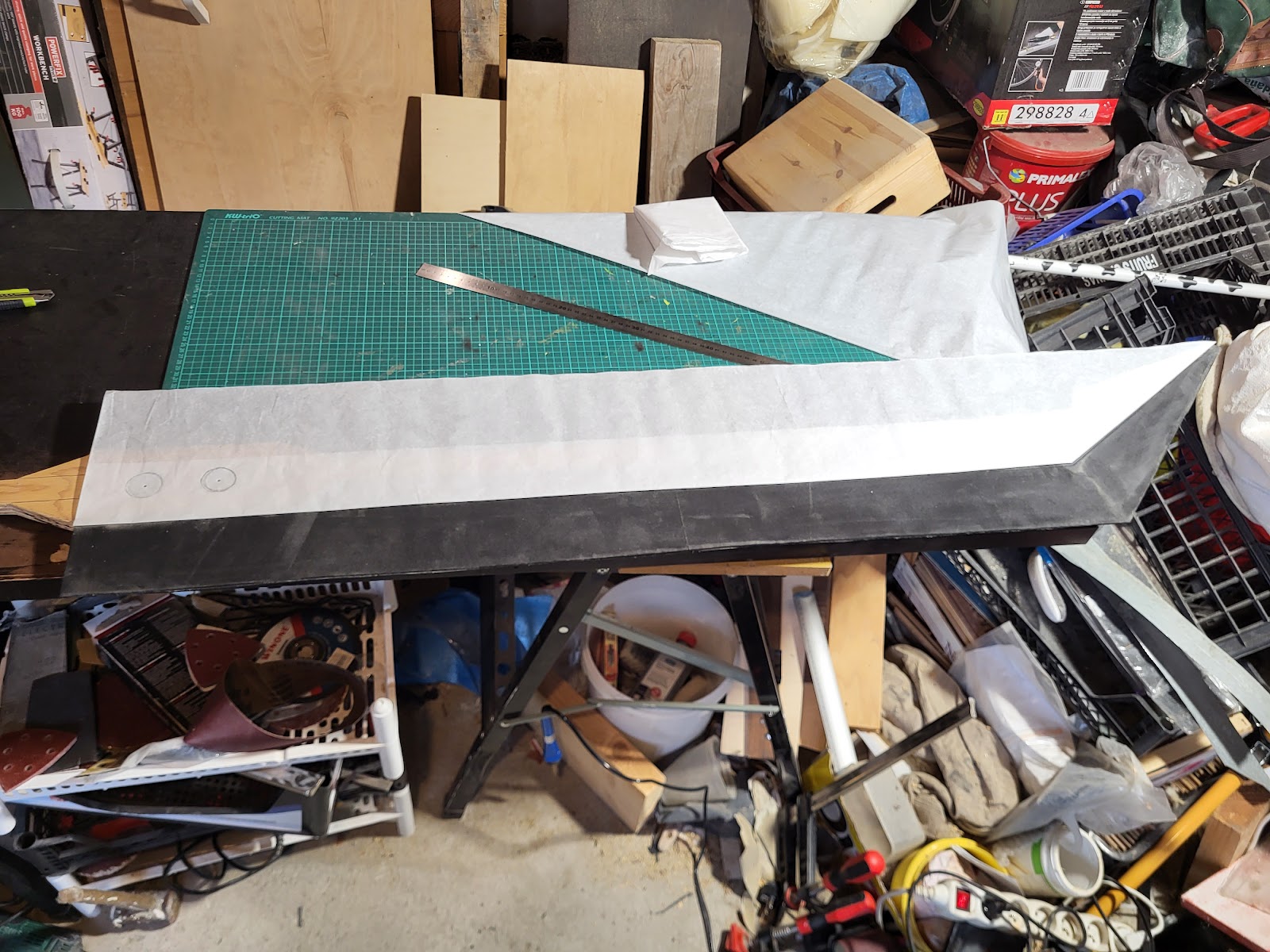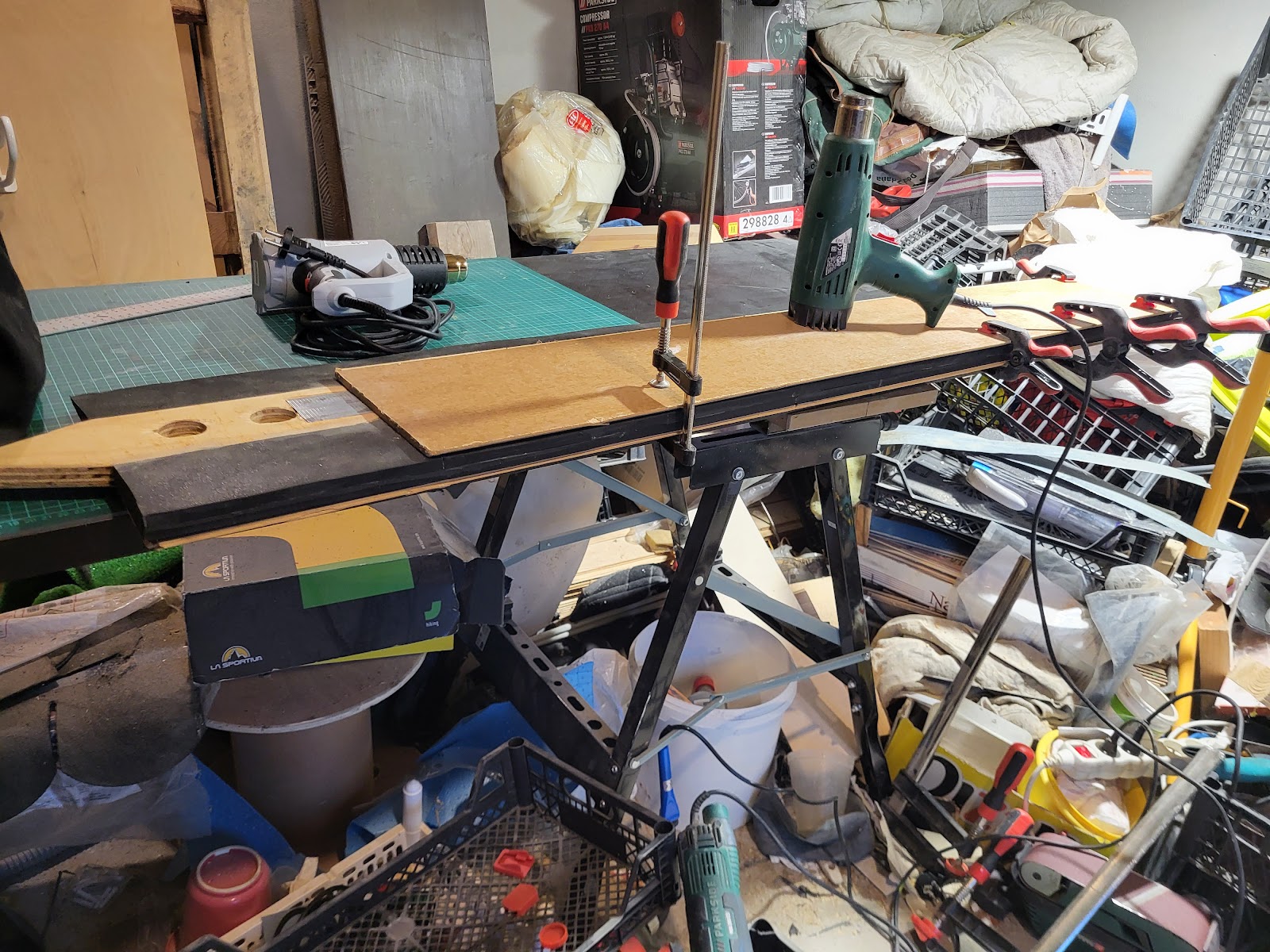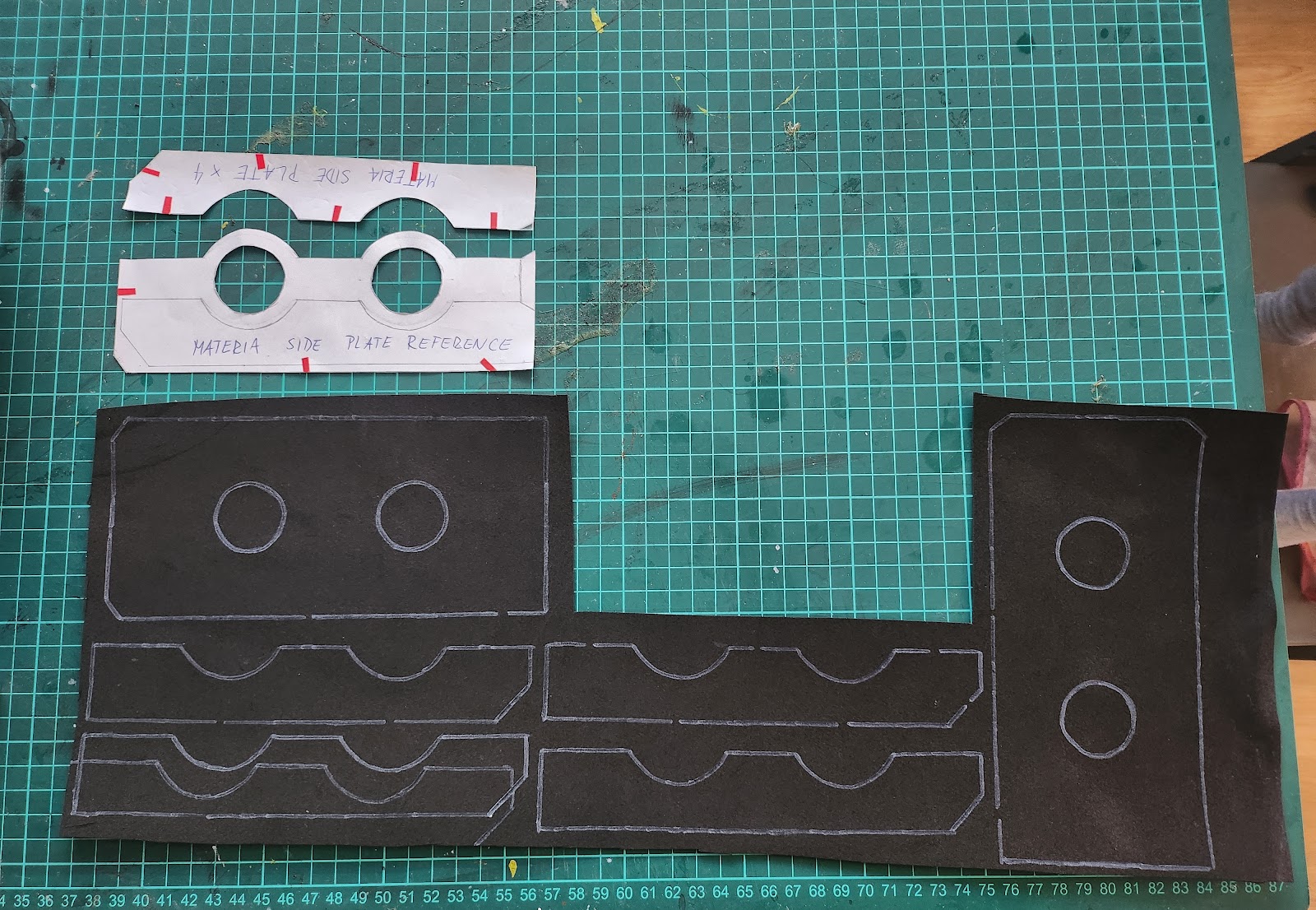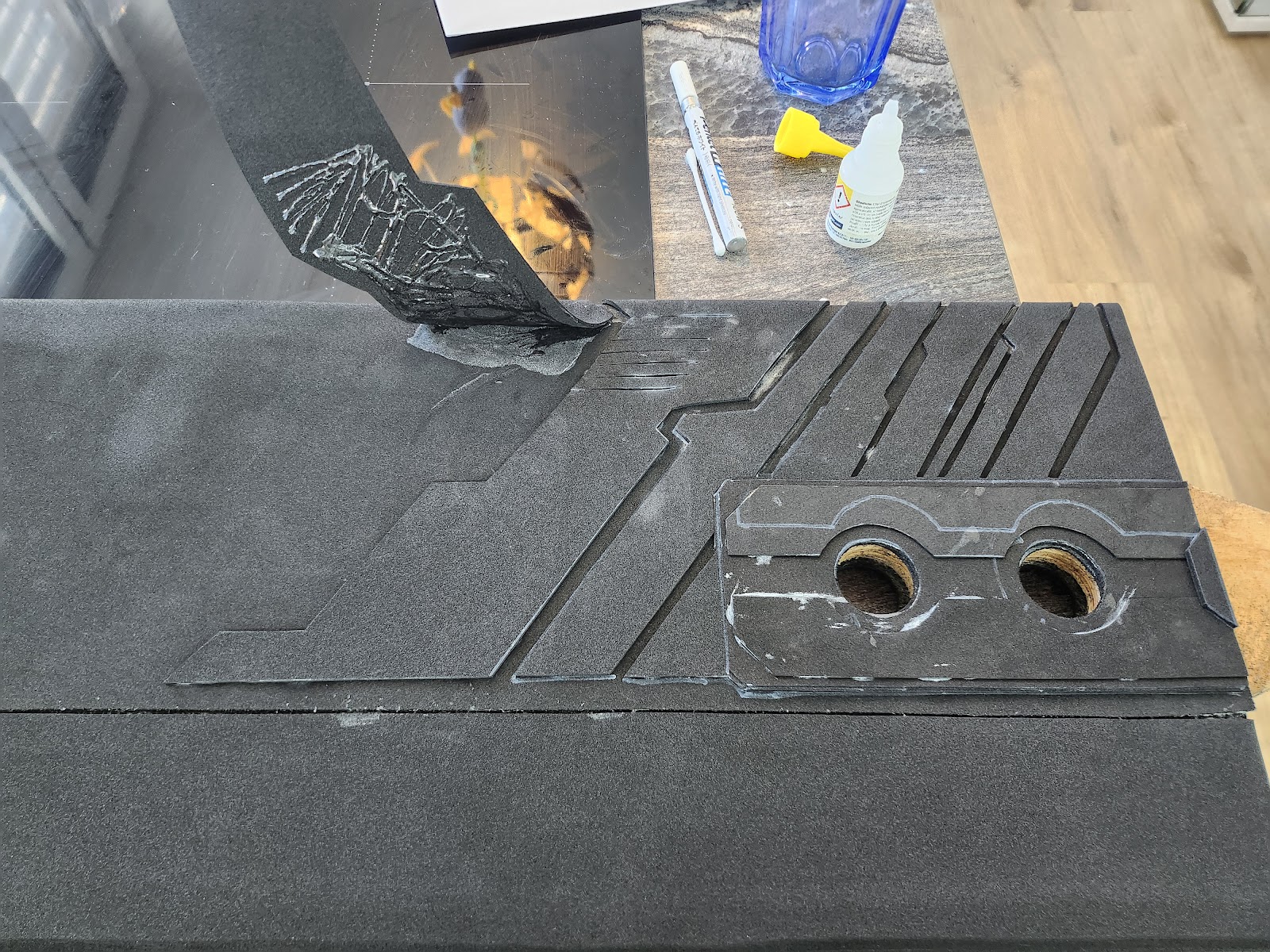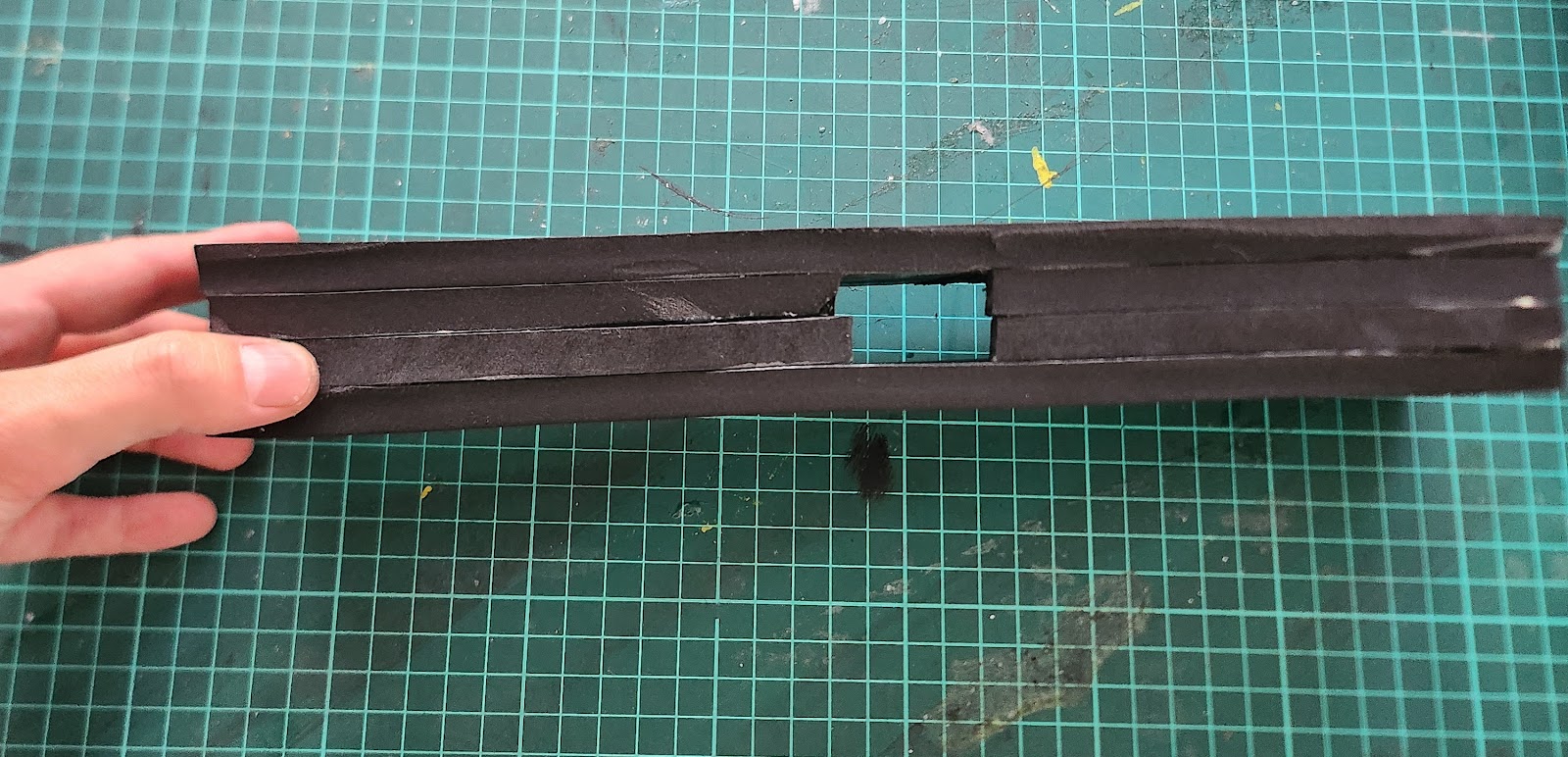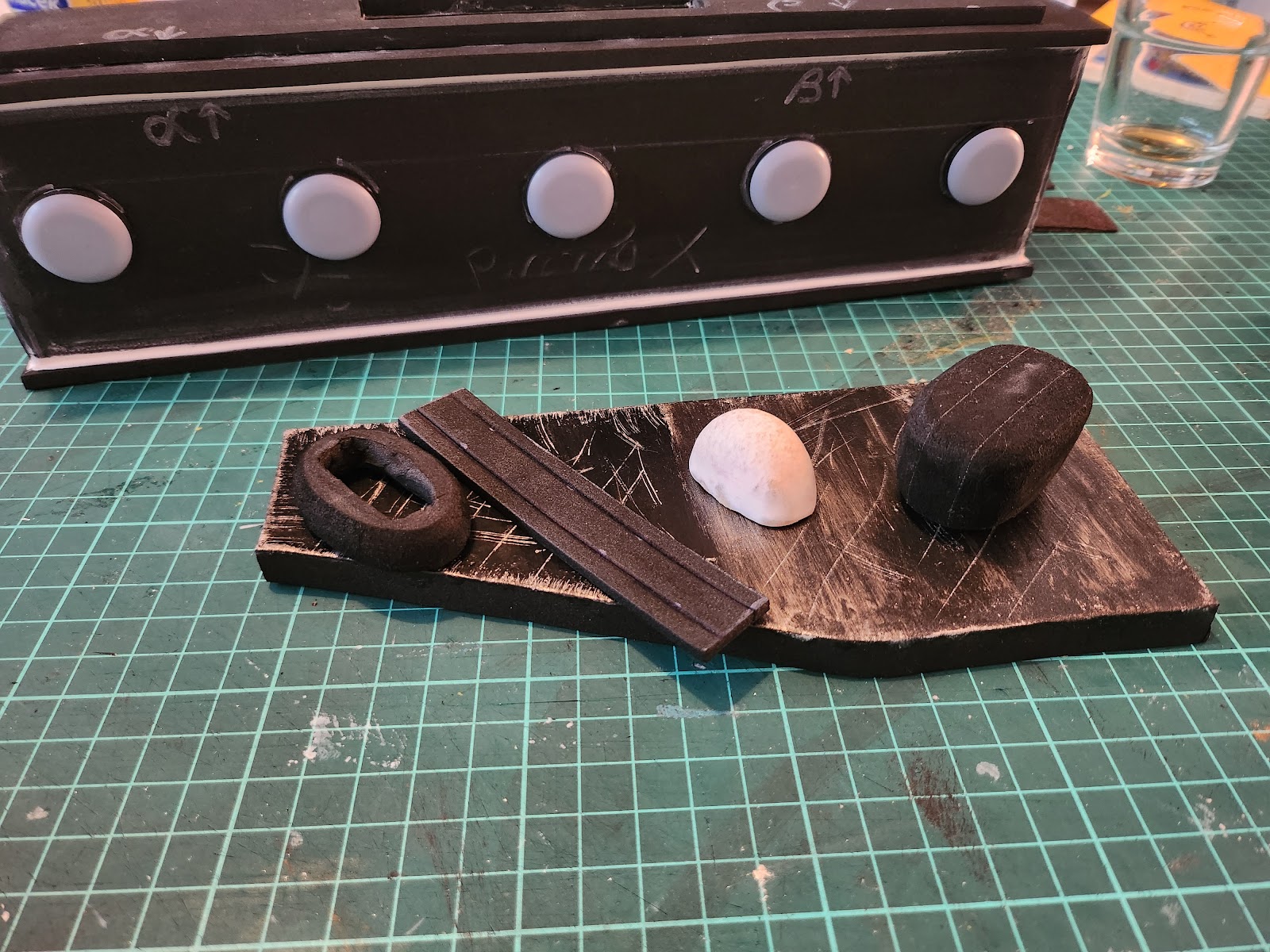Yakuza Kiwami 2 runs in a new Dragon Engine, which is very fresh, fluid and has somewhat silly ragdoll physics, which reminded me of good old Bethesda games. However, apart from those, there are no similarities here. While it was not as good as Yakuza 0, it is still a fantastic game that I thouroughly enjoyed. Once again, I will not be spoiling the major story beats in this post, even though I will be describing some of the new characters and some of the situations they find themselves in.
Right off the bat I was happily surprised by the new UI, the gameplay, the movement fluidity as well as the beautiful graphics of this game. I do not really care about graphics, however I feel like it is worthwhile to mention when they are outstanding in a series. Some people have expressed the opinions that Zero and Kiwami 1 did not look good, I would disagree. I am used to playing vanilla Morrowind, so my bar for graphics is not that high. In any case, the fresh new design is not where the new stuff ends, however. The game also has a revamped leveling system, which I also really like. While I enjoyed the new leveling system in Kiwami 1, it felt very similar to Final Fantasy X, which while maintaining a wide grid of skills and abilities, it really just presented an illusion of choice, because you could not really pick what you wanted (kind of like the sphere grid in FFX). Here, in Kiwami 2 that is not the case. The levelling system is very robust and full of choices. You can level up base attributes as well as focus on specific moves and proficiencies. There are also "overworld" upgrades which help you sprint for longer, gain more XP, eat more food before you become full, etc. Kiwami 2 truly is the most RPG of the three Yakuza games that I played (being Zero and Kiwami 1). From what I gathered online this is very similar to what those are in Yakuza 6.
As far as some of the other content is concerned, I have to say that unlike the first Kiwami, the substories in this one do not suck. The first Kiwami had very boring and same-y substories where everyone was trying to scam Kiryu and these got old very fast. Also, the cabaret management mini game comes back, even though you are playing as Kiryu in this game, it is still fantastic and the story has a very nice twist near the end.
 |
| Ever since Yakuza 0, I always felt like Butters from that one episode of SP during cabaret management. |
Alright, so without spoiling too much about the story of the game, I would love to at least try and describe the characters in this game. My experience with the Yakuza series so far has been that it is very story and character driven, while the gameplay itself (while good) is secondary. And oh boy, the characters in this game are amazing.
I am (finally) starting to really like Kiryu and I get now why do people love this dude so much (Majima is still my favorite character). Kiryu is even more mature, more responsible, he really is the stoic chad by now. No longer relying on the Tojo clan or Shintaro Kazama (his father figure), Kiryu is finally his own man in this game. As far as original characters go in media go, he really is very the stereotypical good guy. He always tries to do the right thing, he is not afraid to beat someone up in order to help people. He is also not afraid to do some really weird shit for strangers - I mean whatever you get down to during substories really is super weird (and I am all here for it). Kiryu's reactions to adult men in diapers being fed milk is priceless (ok, this substory does kind of suck, but in a good way).
 |
| Substory: Be My Baby |
Sayama is another new character who really hits all the tropes of a japanese female character, but it never gets to the levels of Garnet from FFIX and she actually becomes pretty interesting. What I found out throughout my years of playing video games is that rarely do female characters from Japanese media become something else other than eye-candy or plot devices. It is very rare for a female character to truly be interesting (in Japanese media). See Agrias from FFT, if you want an example of a badass lady. So, Sayama was really surprising. Even though when she entered the story, I really rolled my eyes and could not get into it. She starts as a badass strong independent lady cop, who becomes extremely vulnerable and feminine the second the meets Kiryu. Cue the eyeroll. In any case, once the game's story developed, I really liked her relationship with Kiryu and the Yakuza. And that is pretty much it without spoiling it. I liked how she overcame some of the stereotypes and despite never beating others, her story still tucked on my heartstrings.
I must also mention Ryuji Goda, the main antagonist of this game. I think I love him even more than Kuze from 0. He is setup as a foil to Kiryu - both have the Dragon moniker in the yakuza world and while Kiryu mostly wants to be left alone, Ryuji wants to rise to the top just like Kiryu did in the previous game. Unlike most of his compatriots in the Omi Alliance (a rival yakuza to the Tojo Clan), Ryuji is an honorable dude who wants to win, but in the fairest (and most direct) possible way. There are some other minor antagonists in the game who kidnap Haruka, an orphaned child that Kiryu is taking care of in order to curry favor with Ryuji and the way Ryuji reacts is priceless. It also cements him as the main antagonist who is above petty tricks and underhanded tactics. I love this guy.
There is also a lot of returning characters. It seems I am forever cursed with the presence of Yakuza Columbo Date. For many scenes whenever he appears I keep asking the question, why is he still here? I understand that he forms a bond of friendship with Kiryu in later games (and eventually, while playing Yakuza 8 I did finally warm up to him), but his inclusion in most of the main story makes little sense to me. I have to mention that I did love the relationship between Kiryu and Daigo, who has also become one of my favorite characters in the franchise.
All in all, I really loved Yakuza Kiwami 2. The Majima saga was terrific, even though short, Ryuji is my favorite other character (with Kashiwagi), the relationship between Kiryu and Sayama was fantastic and I loved that we actually got to see it happen and develop, unlike the one with Yumi, who barely has any screen time in the first game. I was not bothered at all by the new Dragon Engine, unlike most players when I was looking up the reception online. I liked this game very much! For me, this was a very solid 8/10.




















